10 Things That 'X-Men: The Last Stand' Does Right
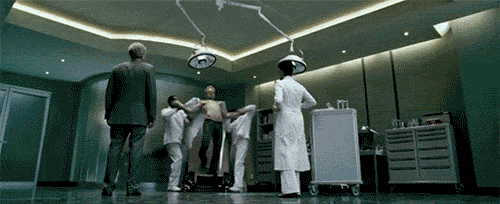
Ten years ago this Memorial Day weekend, the X-Men film franchise flamed out like a (Dark) Phoenix with the release of X-Men: The Last Stand, the widely (some would say, intensely) disliked final chapter in the original X-cycle. After Bryan Singer directed the original X-Men, which successfully launched the franchise in summer 2000, and followed it with an even more popular sequel, X2: X-Men United, in May 2003, he was wooed away by Warner Bros. to make Superman Lives, leaving 20th Century Fox to find his replacement for X-Men 3. Fox first turned to Matthew Vaughn (who later directed 2011’s X-Men: First Class, the first entry in the current trilogy, which includes 2014’s X-Men: Days of Future Past and wraps up with this weekend’s X-Men: Apocalypse); when he left for family reasons, Fox hired Brett Ratner, the director best known for the Rush Hour movies.
Faced with a short production schedule and a script that was frequently in flux, Ratner did get the film in theaters by its scheduled release date. And, in fact, The Last Stand remains the highest-grossing X-Men movie to date, opening to nearly $103 million. But the response from critics, and especially fans, was mostly withering, with X-Men enthusiasts particularly piqued by the film’s sub-par telling of the Dark Phoenix Saga, one of the most popular comic book storylines ever.
Related: How the First ‘X-Men’ Helped Create the Marvel Movie Universe
“I regret that The Dark Phoenix story wasn’t the primary story of the movie,” the film’s co-writer, Simon Kinberg (who also wrote and produced Apocalypse), told Screencrush in 2014. Instead, the plot of The Last Stand came to focus on a half-baked “mutant cure” (an idea borrowed from an Astonishing X-Men story arc written by Joss Whedon, who at one point was in talks to direct The Last Stand) that pitted Charles Xavier’s X-Men against Magneto’s Brotherhood of Evil Mutants for one final battle.
The sins of The Last Stand have been discussed at length over the years, from the casual way it kills off major characters (RIP Professor X), to the shaky visual effects (the scene where Magneto destroys the Golden Gate Bridge is especially rough), and bizarre casting choices. (Kelsey Grammer as the blue-skinned Beast? Really?) Singer hasn’t been shy about taking potshots at The Last Stand either; “I might not have killed all those characters,” he remarked in a recent Fandango interview. In fact, when he returned to the X-Men franchise with 2014’s Days of Future Past, he effectively erased the events of The Last Stand from the franchise’s timeline. And Apocalypse makes a pointed dig at Ratner’s film as well; exiting the movie theater where they’ve just seen Return of the Jedi, the underwhelming capper to the original Star Wars trilogy, Jean Grey (Sophie Turner) says pointedly, “At least we can agree the third one’s always the worst.”
She’s not wrong in this particular case, although, for the record, Toy Story 3, Mission: Impossible III, and even Revenge of the Sith are all examples that disprove Jean’s argument. Still, on the 10th anniversary of X-Men: The Last Stand we thought we’d counter all the negativity by highlighting 10 things that the movie does right. Get X-cited, people.
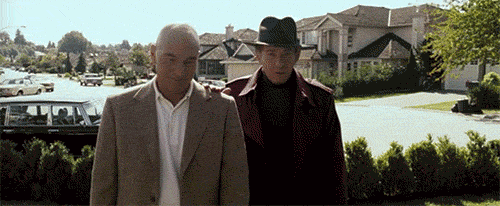
1. A Portrait of the Mutants As Young Men
A decade before Marvel Studios had the bright idea of de-aging Robert Downey Jr. to his ’80s teenage self, The Last Stand attempted to turn the clock back on Patrick Stewart and Ian McKellen for a “20 Years Earlier” flashback that opens the film, in which Xavier and Magneto pay a visit to young Jean Grey. Unfortunately, the effect is far less convincing than it is in Civil War, with the actors’ digitally rendered “youthful” faces possessing a disconcertingly plastic sheen. Still, this sequence clearly was ahead of the curve on an idea that has since blossomed with the advances in digital technology. Maybe one day, when Fox and Marvel have worked out their issues, we’ll see the “young” Xavier met the “young” Tony Stark.
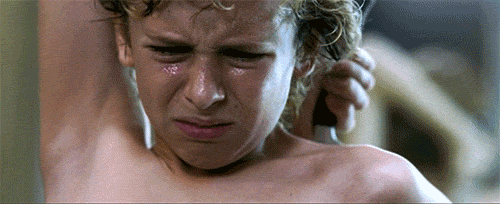
2. A Close Shave
One of the most potent thematic ideas at play in both the X-Men comic books and film series is the connection between mutanthood and adolescence. The characters’ powers frequently manifest themselves during their pre-teen and teenage years, when they’re already emotionally vulnerable. This scene with the young Warren Worthington III illustrates the trauma most people would experience when their mutant gene manifests itself. While his father pounds on the bathroom door, Warren desperately tries to hack off his wings, ashamed of the things that are central to his X-Men identity as Angel.
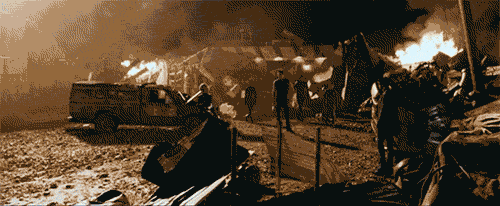
3. The Room Where It Happens
Fans had been rooting for a glimpse of the Danger Room, a training facility housed in Xavier’s mansion, since the first X-Men feature, but budget concerns had always precluded showing it. The Last Stand finally made that dream a (virtual) reality, opening with a set piece that pits an X-squad led by Wolverine and Storm against a crew of mutant-killing Sentinels, giant robots who also hadn’t been seen on screen prior to Ratner’s film. What appears to be a high-stakes life and death battle is instead revealed to be a vigorous holographic workout.
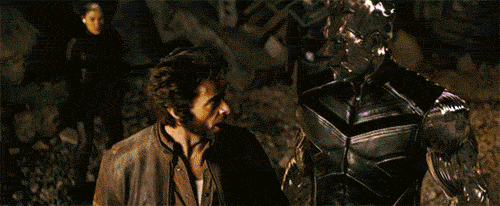
4. Batter Up!
A popular superhero battle move since the ’50s, when Superman tossed Robin into a criminal’s midsection with painful accuracy, the “Fastball Special” had long been the preferred combat trick for metal strongman Colossus and feisty runt Wolverine in the X-Men comics. The Last Stand finally brought that stunt to the big screen, when Hugh Jackman’s Wolvie goaded Daniel Cudmore’s Colossus into throwing him at an approaching Sentinel during their Danger Room session.

5. Beast No More
Through a scientific process that’s just barely explained, the “mutant cure” is developed using the genes of a power-sapping mutant named Jimmy, played by then-child star Cameron Bright, who specialized in creepy kid roles. (You might remember his unnerving stare from Birth or Godsend.) Jimmy demonstrates his ability to a visiting Hank McCoy, who watches the blue fur fade from his hand when he’s in the child’s presence. (Jimmy, by the way, originally appeared in the X-Men comics as Leech.)
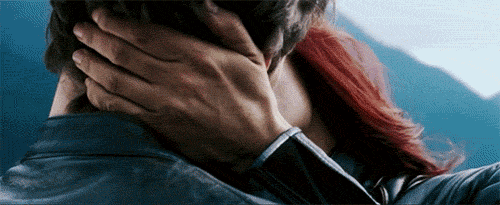
6. Cyclops Down
Okay, so Cyclops’s death wasn’t handled in the most elegant way, but it was still a bold move to eliminate a major character like that so early in the movie. And having Jean kill him granted James Marsden and Famke Janssen the only moment of genuine chemistry they displayed during the course of the trilogy.
7. Let the Angel Soar
After a lifetime of hiding his “affliction,” Warren finally defies his father and allows his wings to burst free moments before he’s forcibly injected with the mutant cure. It’s a stirring declaration of independence that, sadly, is Ben Foster’s only memorable scene in the film.

8. Ice Capades
In a rare quiet moment amidst the otherwise overstuffed Last Stand, Iceman (Shawn Ashmore) cheers up a glum Kitty Pryde (Ellen Page) by hosting a private ice skating party on the X-Mansion pond. It’s nice to see these mutant kids actually act like kids for once.

9. Juggernaut Smash
The Last Stand ends with a mutant melee on Alcatraz Island that’s marred by poorly choreographed action and the ridiculous sight of soldiers firing syringe-filled plastic guns. But there is one nifty face-off amidst the otherwise chaotic free-for-all: Kitty Pryde racing to stay out of the path of the unstoppable Juggernaut (Vinnie Jones), which requires her to phase through walls while he just crashes into them.

10. Checkmate
There’s another version of the X-Men series in which Magneto is the tragic hero, whose superiority complex condemns him to an unhappily-ever-after finale. The Last Stand’s ending hints at that interpretation of the story, with a powerless, friendless McKellen sitting alone at a chess table in a public park. Forget the fake-out final shot where he appears to make a metal chess piece move. Just focus on how far the mighty has fallen.
Related: Red Carpet Flashback! The First ‘X-Men’ Premiere in 2000
Watch a ‘Last Stand’ trailer:
